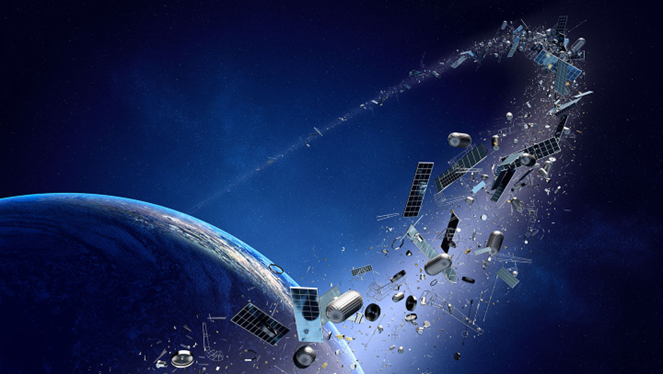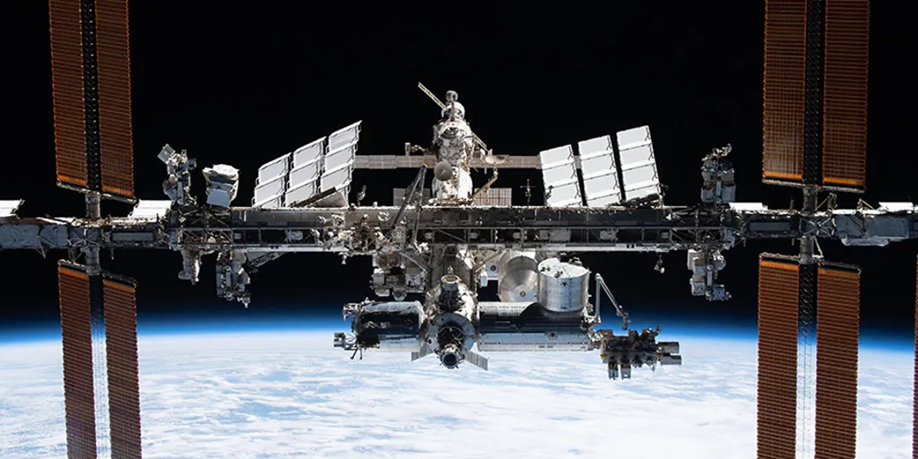A Russian satellite broke up into more than 100 pieces of debris in orbit overnight, forcing astronauts on the International Space Station to take shelter, US space agencies said. There were no immediate details on what caused the break-up of the RESURS-P1 Russian Earth observation satellite, which was decommissioned in 2022.
Russian Satellite Breakup Sends ISS Astronauts To Shelter
Why In News
- A Russian satellite broke up into more than 100 pieces of debris in orbit overnight, forcing astronauts on the International Space Station to take shelter, US space agencies said.
- There were no immediate details on what caused the break-up of the RESURS-P1 Russian Earth observation satellite, which was decommissioned in 2022.
All You Need To Know
- RESURS-P1 launched on June 25, 2013 and operated until December 2021 — beyond its expected lifespan, according to RussianSpaceWeb. The Earth observation satellite was used for applications ranging from defense to emergency monitoring to agriculture, NASA says.
- The event occurred in an orbit near the International Space Station, prompting US astronauts on board to shelter in their spacecraft for roughly an hour, NASA’s Space Station office said.
- US radars detected the satellite releasing a cloud of debris in low-Earth orbit Wednesday night and early Thursday morning, space-tracking firm LeoLabs said.
- US Space Command said the satellite immediately created “over 100 pieces of trackable debris.” “USSPACECOM has observed no immediate threats and is continuing to conduct routine conjunction assessments to support the safety and sustainability of the space domain,” Space Command added in its statement.
- The North American Aerospace Defense Command (NORAD) is tracking more than 45,300 space objects overall as of today, according to SpaceTrack.org. This does not include non-trackable pieces, however. The Union of Concerned Scientists also lists 7,560 operational satellites orbiting Earth, a figure that belies the number of non-operational satellites that cannot be controlled.
- NASA procedures also dictate that astronauts may shelter in their return spacecraft if the hazard, typically a very tiny one in statistical terms, brings a chance of needing to evacuate the ISS. This happened, for example, after Russia deliberately destroyed a satellite in November 2021 as part of a surprise anti-satellite test that other countries (including the United States) condemned.
- Large-scale debris-generating events in orbit are uncommon, but they are becoming more and more concerning as space fills up with satellite networks that are essential to daily life on Earth, including communications and broadband internet as well as fundamental navigation services.
- When Russia used a ground-based anti-satellite missile to strike one of its defunct satellites in orbit in 2021, it unleashed a fury around the world and created thousands of debris fragments to test a weapon system before its invasion of Ukraine in 2022.
- There is currently no international structure for controlling space traffic, although space activists and attorneys have called for the establishment of one as soon as possible due to the risk of satellite collisions and space warfare.






















